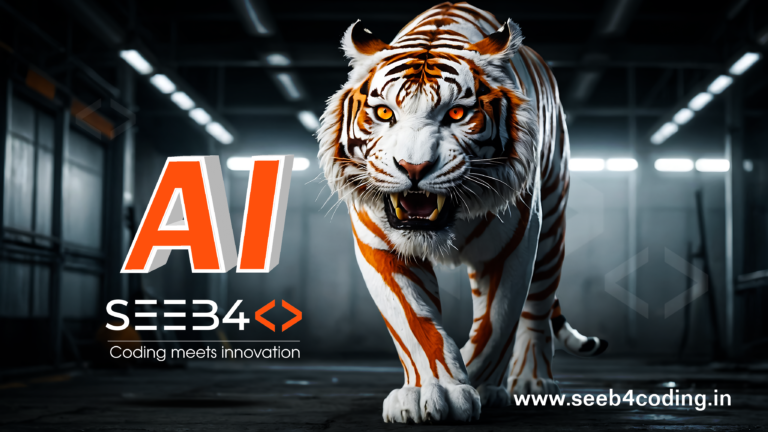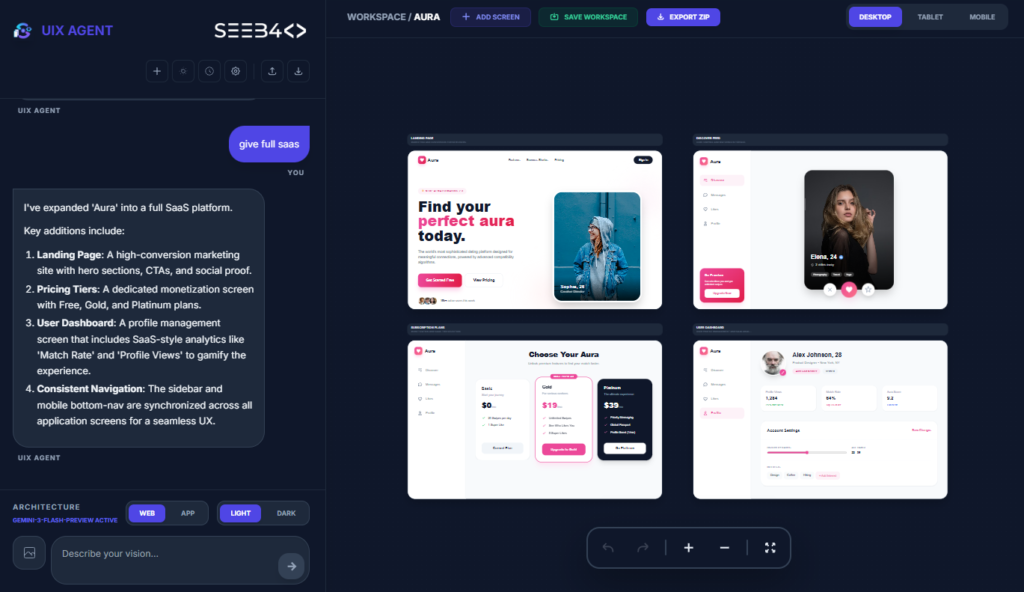Annotation datasets are crucial for supervised learning tasks where models need labeled data to learn and generalize patterns. Depending on the application, the type and complexity of annotation vary across domains like image recognition, text processing, and more. Below are more detailed insights into each type of annotation dataset:
1. Image Annotation
Definition: Assigning labels to images to indicate objects, regions, or other features within the image. Types of Image Annotations:
- Bounding Boxes: Drawing rectangles around objects (e.g., cars, people).
- Use Case: Object detection for autonomous vehicles.
- Polygons: More precise outlines of objects, which follow the exact contours.
- Use Case: Labeling irregular shapes like street signs or fruit.
- Keypoints: Marking specific points on objects (e.g., joints on a human body).
- Use Case: Pose estimation for action recognition.
- Semantic Segmentation: Labeling every pixel in an image with its corresponding object class.
- Use Case: Medical imaging to identify tumors or organs.
2. Text Annotation
Definition: Adding labels to textual data for Natural Language Processing (NLP) tasks. Types of Text Annotations:
- Named Entity Recognition (NER): Identifying names of people, organizations, locations, etc.
- Use Case: Information extraction in finance, news, and legal documents.
- Sentiment Analysis: Classifying text as positive, negative, or neutral.
- Use Case: Analyzing social media posts or product reviews.
- Part-of-Speech (POS) Tagging: Labeling each word with its grammatical role (e.g., noun, verb).
- Use Case: Machine translation, speech recognition.
- Intent Classification: Labeling user input based on the action they intend to take.
- Use Case: Virtual assistants or chatbot development.
3. Audio Annotation
Definition: Labeling sound files for various audio processing tasks. Types of Audio Annotations:
- Speech Recognition (Transcription): Converting spoken language into text.
- Use Case: Voice assistants (e.g., Siri, Alexa).
- Speaker Identification: Identifying the speaker in a given audio segment.
- Use Case: Voice biometrics for security systems.
- Emotion Detection: Labeling audio with emotions (e.g., happy, angry).
- Use Case: Call center analysis or customer service improvement.
- Sound Event Detection: Annotating specific sounds in an audio clip (e.g., door slamming, glass breaking).
- Use Case: Smart home systems, urban noise monitoring.
4. Video Annotation
Definition: Annotating visual and temporal elements in video data for various applications. Types of Video Annotations:
- Object Tracking: Labeling the movement of objects through video frames.
- Use Case: Surveillance systems, sports analytics.
- Action Recognition: Identifying and labeling actions or gestures within a video.
- Use Case: Human-computer interaction, sports performance analysis.
- Event Detection: Labeling significant events, like a goal in a soccer match.
- Use Case: Highlight generation in sports broadcasts.
- Pose Estimation: Identifying body parts and their movements frame by frame.
- Use Case: Healthcare, fitness applications, or animation.
- Semantic Segmentation: Extending image segmentation to videos, where each pixel in every frame is labeled with an object category.
- Use Case: Autonomous driving to detect lanes, pedestrians, and vehicles.
5. Structured Data Annotation
Definition: Annotating structured datasets like tables, spreadsheets, or databases to extract meaningful patterns. Types of Structured Data Annotations:
- Entity Recognition: Annotating entities such as names, dates, and locations within a table.
- Use Case: Extracting information from structured documents like financial statements.
- Relation Extraction: Defining relationships between entities in structured data.
- Use Case: Database integration for business intelligence systems.
- Table Classification: Classifying tables by type or theme.
- Use Case: Knowledge graph construction from relational databases.
6. Time Series Annotation
Definition: Annotating sequential data points collected over time for pattern analysis. Types of Time Series Annotations:
- Anomaly Detection: Labeling unusual events or outliers in data.
- Use Case: Detecting fraud in banking transactions or equipment failure in IoT systems.
- Trend and Pattern Recognition: Identifying recurring patterns or long-term trends.
- Use Case: Predicting stock market trends, patient health monitoring.
- Event Segmentation: Labeling key events within time-series data, like product launch or failure time.
- Use Case: Marketing analytics, predictive maintenance.
7. 3D Annotation
Definition: Annotating 3D data, such as point clouds or 3D models. Types of 3D Annotations:
- Bounding Cuboids: Similar to bounding boxes but extended to 3D space.
- Use Case: Object detection for autonomous vehicles in 3D space (e.g., LiDAR).
- Point Cloud Annotation: Labeling individual points in a 3D space to represent objects or surfaces.
- Use Case: Robotics, 3D mapping for urban planning.
- 3D Semantic Segmentation: Labeling each 3D point or voxel with its object class.
- Use Case: Indoor scene understanding for robots or AR applications.
8. Medical Annotation
Definition: Labeling medical images, records, or data for healthcare applications. Types of Medical Annotations:
- Image Segmentation: Annotating specific regions of medical images, such as organs or tumors.
- Use Case: Disease diagnosis, cancer detection in radiology.
- Diagnosis Annotation: Labeling medical records with specific diagnoses.
- Use Case: Electronic Health Records (EHR) systems, clinical trials.
- Radiology Annotation: Marking areas of interest in X-rays, MRIs, or CT scans.
- Use Case: Assisting radiologists in detecting diseases or abnormalities.
- Pathology Annotation: Labeling tissues or cells in pathology slides.
- Use Case: Detecting cancerous cells, tissue analysis.
Why Annotation Matters
Annotations are at the heart of supervised learning models. Whether you are building image classifiers, language models, or predictive algorithms, the quality and type of annotations directly impact the performance of the model. The annotated data provides the ground truth for machine learning algorithms to learn and make accurate predictions.
Tags:
Annotation datasets, Data labeling, Image annotation, Text annotation, Audio annotation, Video annotation, Structured data annotation, Time series, 3D annotation, Medical annotation, Machine learning, Data preparation, AI training data, Supervised learning datasets, Deep learning annotations










